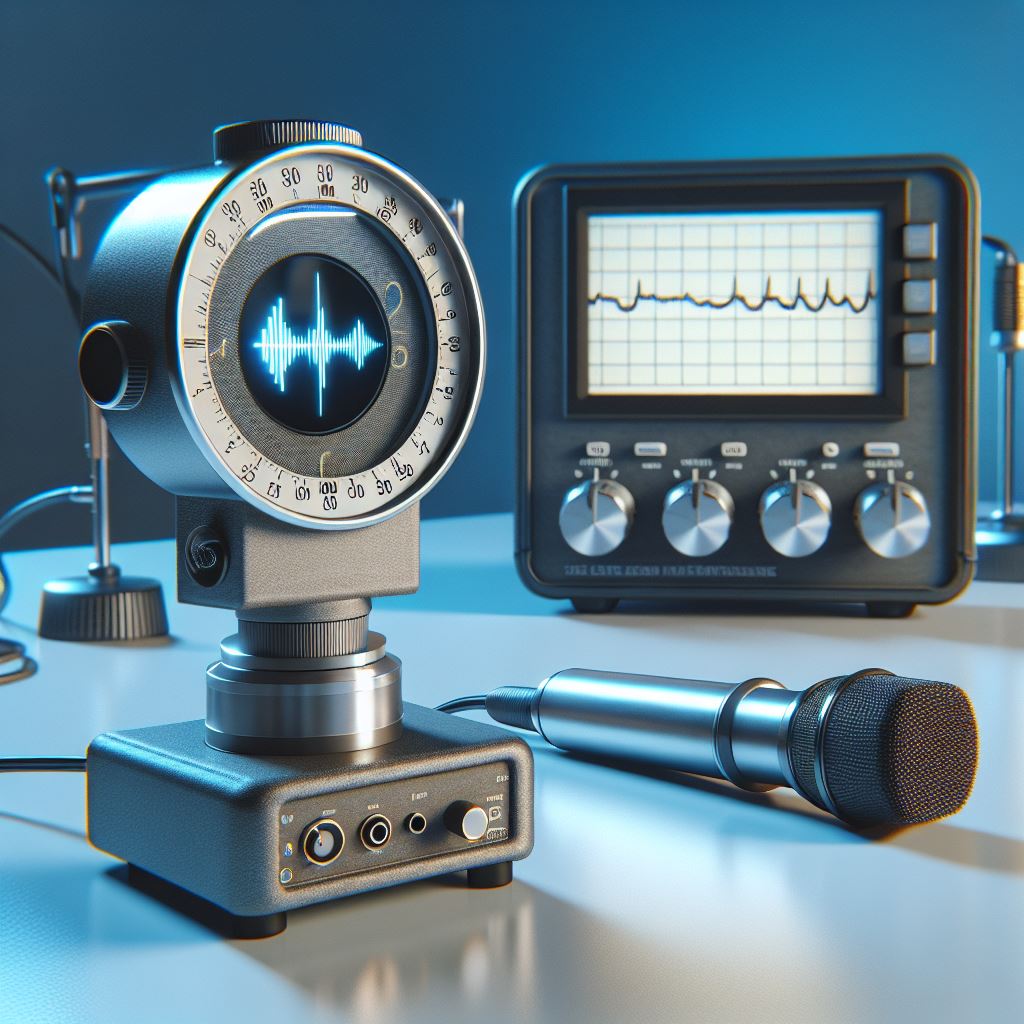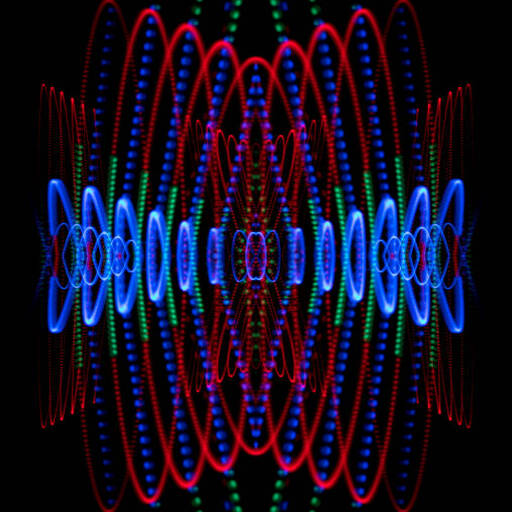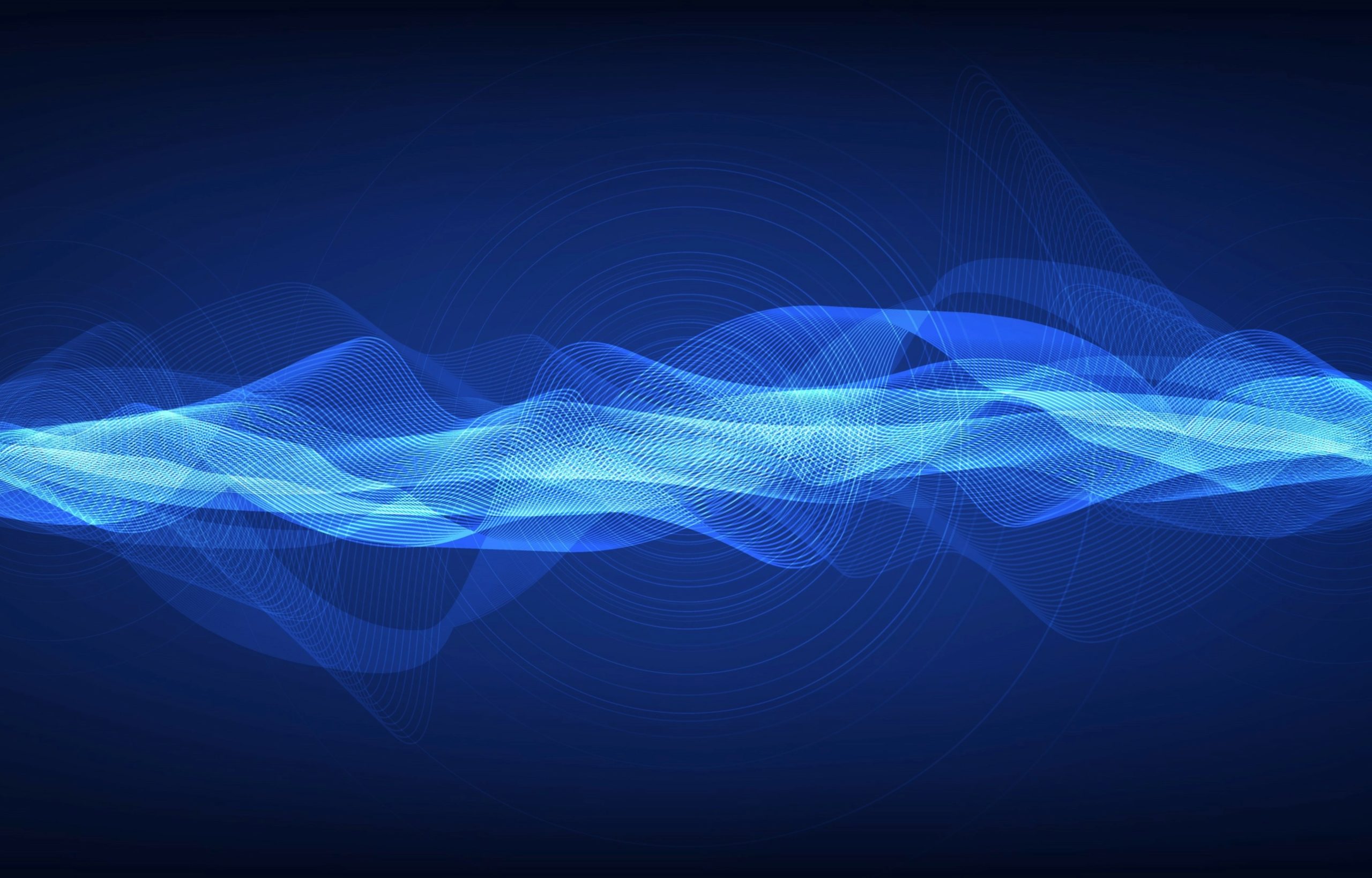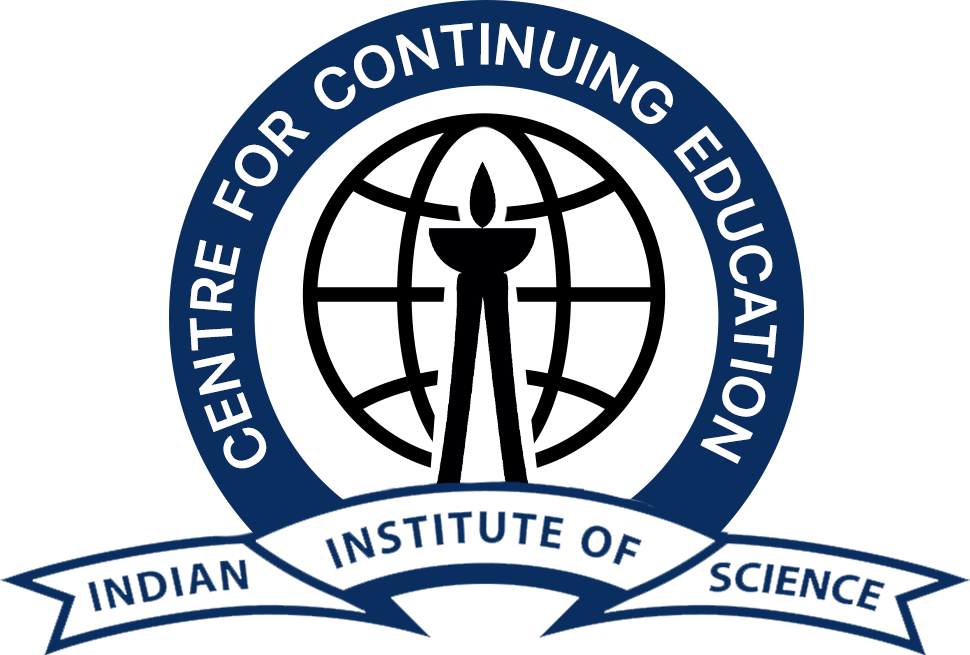Vibration and Noise Control: Theory and Practice (2:0)
Dr S B Kandagal
Department of Aerospace Engineering, IISc


Objective of the course
Growing awareness of NVH (Noise, Vibration and Harshness) has necessitated the valid design of aircrafts, machines, automobiles, buildings, industrial facilities and home appliances. With the increasing number of standard regulations and human ride comfort associated with NVH makes it mandatory to control vibration and noise leading to quieter technology in pumps, engines, compressors, chillers and other consumer products consumer for OEM companies to stress upon the products without NVH problems. AI & ML achieves structural condition health monitoring of machinery in industries. Analytical, MATLAB and FEM based tools such as ANSYS, COMSOL, NASTRON, ABACUS, SYSNOISE and Modal Analysis software tools such as LMS, Mescope helps to achieve these goals. This course is for engineers/scientists/entrepreneurs/instructors in the industries/institutes/universities to learn the analytical and experimental skills to tackle the problems related noise, vibration and harshness (NVH) during design and manufacturing stage for technically superior and commercially viable product to achieve “EMPOWER INDIA WITH SKILL AND Knowledge” for “AATMANIRBHARA BHARAT ABHIYAN”.
Syllabus
Vibration of structural systems. Dynalysis of SDOF, 2-DOF, MDOF and continuous vibration systems. Eigen values and vectors estimation methods. Free and Forced vibration. Rotodynamic Analysis. NVH measurement tools and techniques for Experimental modal (Natural frequency, mode shape and damping) analysis. Exciters, sensors, DAQ system, signal and system analysis, Modal Assurance Criteria, mode participation factor. Damping estimation methods. Demonstration of vibration and noise experiments: beam, plates, shells, propeller blade and aircraft model with impulse excitation, electrodynamic shaker excitation, FFT analyzer, stroboscope and mode shape animation, sound level meter, microphones. Order analysis, Campell diagrams, water fall diagrams, Vibration transfer function (VTF) and noise transfer function (NTF). Structural Vibration control: Vibration isolation, damping, balancing, resonators, absorption. Vibration and noise standards. Noise and its effects. Acoustic and sound field. Enclosures, shields and barriers-design. Silencer and suppression systems. Noise level interpolation and mapping. Harshness effects and measurements and solutions. NVH parameters related to vehicle dynamics.
Practical Case studies discussion
Vibration diagnosis for electric transformers, chain whipping in 2-wheelers, spark plugs, fuel injection pumps, tractor canopy, torsional dampers, steering wheels, engine-compressor assembly, cooling water pumps, side bumpers of car, exhaust pipe (silencer), newspaper printing machine, building oscillation, filter bracket, steam turbine generator and 200 MW power plant. Aeroelastic model design of missiles. Crew module, Reusable Launch vehicles, chimney and aerodynamic damping estimation. AVM (Antivibration mount) design for cars/heavy machines and electronic equipment. Rotodynamic analysis of DWR/Tracking Antenna/EV motor/PTO shafts/engine test bed. Deicing of aircraft wings with PZTs, Optimal compaction of concrete pipes and Box culverts with vibration, Dynamic stiffness for engine intermediate casing, Modal analysis of bike for ride comfort. AI&ML application for bearing fault identification. Noise Diagnosis for fuel pressure regulator, bike drive sprockets, passenger car and tractor cabin, kitchen mixer grinder, seat retractor, gear pumps and electric vehicle.

Minimum Qualification
BE, ME, MSc , AMIE, or equivalent
Pre-requisites
NIL
Who can apply?
Mechanical, Mechatronics, Aerospace, Automotive, Industrial engineers, Civil, construction technologists, R & D Labs, New product design and development groups, startup companies, Entrepreneurs and Engineering college instructors. Professionals to pursue postgraduate and higher studies
Number of credits – 2:0
Mode of Instruction:
Online with Synchronous mode
Online Seats are Limited to 100
Last date to apply:
30 April 2025
Duration:
18 May to 31 July 2025
Timings of the class:
Sunday 12P.M. to 2P.M.
Final Exams:
25 – 31 July, 2025
Course Fee
₹ 10000 (Excluding 18% GST)
| Particulars | Amount (in ₹) |
| Course Fee | 10,000 |
| Application Fee | 300 |
| GST@18% | 1,854 |
| Total | 12,154 |

